Revitalize a Wetland
Wetlands are Canada’s crown jewels. Call them swamps, sloughs, marshes, potholes, or ponds, these inland and coastal treasures teem with permanent wildlife and migratory species on the move. Like a jewel in a crown, each wetland is priceless in its own way.
A salt-marsh, for instance, is a habitat powerhouse full of highly nutritious plants. It nourishes everything from protozoa to spawning fish. Untold avian migrants rest and refuel here between their breeding and wintering grounds.
Likewise, inland wetlands, such as prairie potholes, provide food and shelter for some of the richest, most diverse webs of life on the planet. Countless migrants, like Brant and snow geese, journey from one coast to another via these stopovers.
The loss of even one of these wetlands means that many migrants may never complete their voyages. Sadly, more than 65 per cent of Maritime salt-marshes, 40 per cent of Prairie wetlands, 70 per cent of southern Ontario and St. Lawrence Valley wetlands, and 70 per cent of Pacific estuary wetlands have already vanished.
If there’s a wetland in trouble near you, now’s the time to take action.
- Mount a cleanup campaign.Use garbage bags to collect glass, plastic, and metal debris that could harm animals. Tread lightly. Remember, you’re trudging through someone’s home. Leave logs, rocks, and all other natural objects behind as shelter for wetland creatures. Post "No Dumping" signs.
- Restore wetland flora.A good way to salvage wetlands is to transplant native vegetation from healthy donor sites similar to yours. Collaborate with local conservation authorities. Use a shovel to uproot plants in clumps with a few stems and soil surrounding their roots. Do not remove entire bunches. Transplant them to the new site as soon as possible. Dig holes and push the roots about 5 cm below the surface, packing soil around them, so they are firmly anchored.
- Promote wetland-friendly agriculture.Inform landowners that many waterfowl breed on private farmland and that innumerable migratory birds could not survive without rural wetlands as stopover sites. Persuade them to set aside wetlands as protected habitat. Promote techniques that help farmers conserve naturally vegetated banks, preventing the run-off of fertilizers and pesticides into water bodies and minimizing habitat damage. Urge ranchers to fence off wetlands to limit cattle access.
- Monitor the spread of exotic aquatics.Fight invasive species, like purple loosestrife, zebra mussels, Eurasian ruffe, and spiny water fleas. Pamphlets to help you identify invasive species and monitor their spread are available from regional wildlife agencies.
- Make a media event of your project. Sea ducks and sandpipers can’t spread the word about how much their survival depends on wetlands, but you can! Contact a local newspaper or radio or television station about your project.













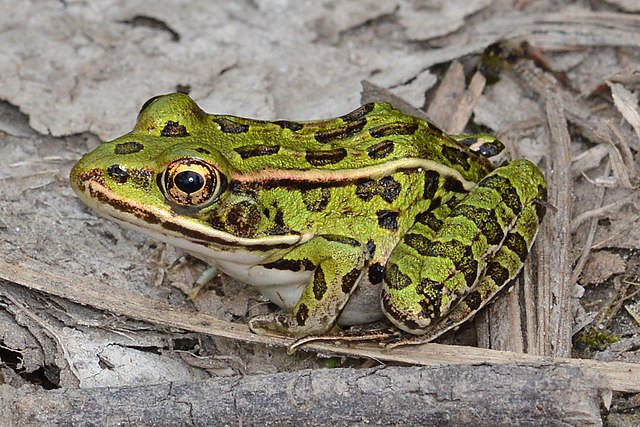
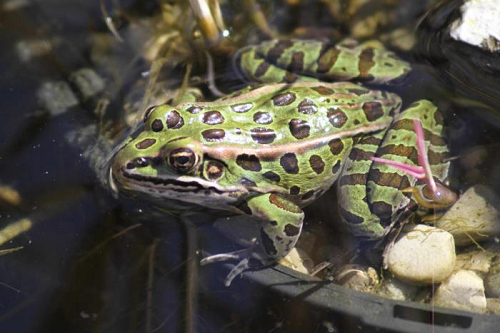
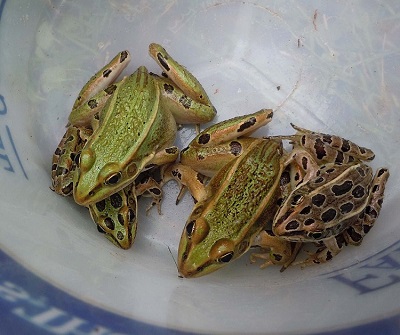
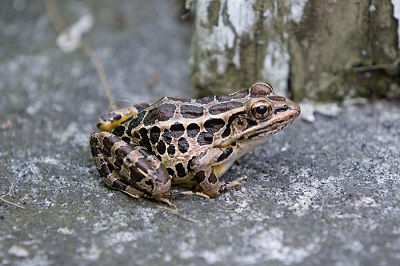

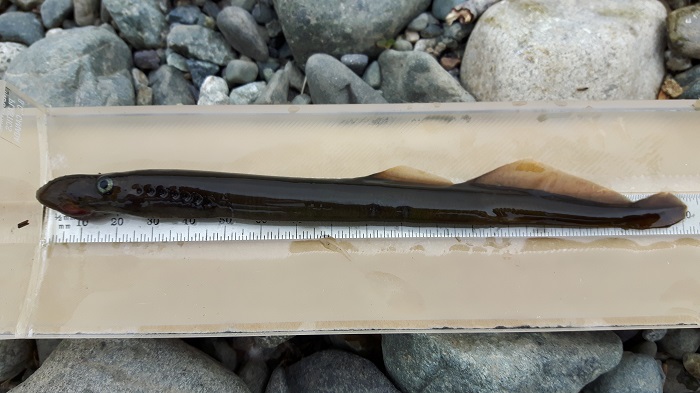







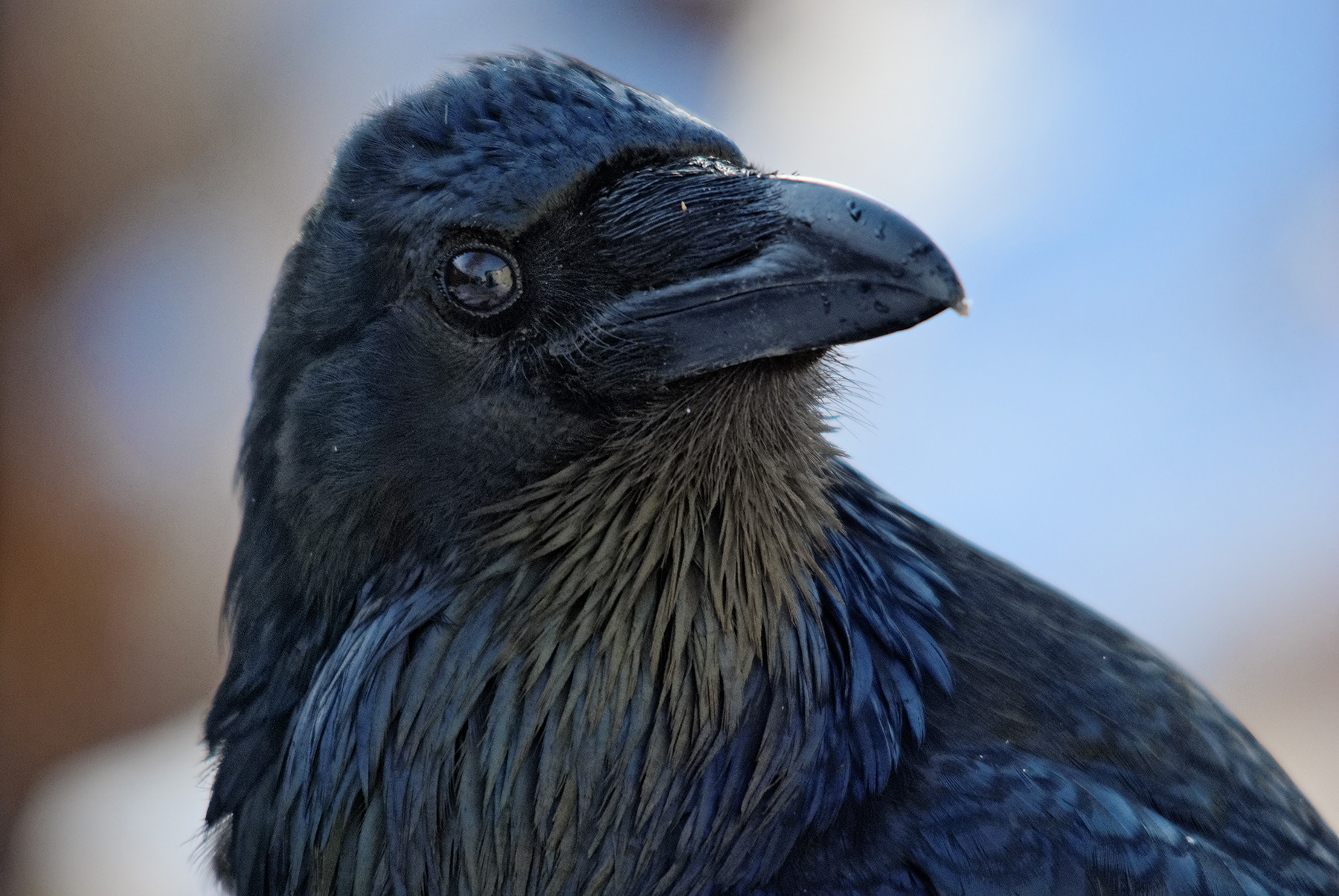


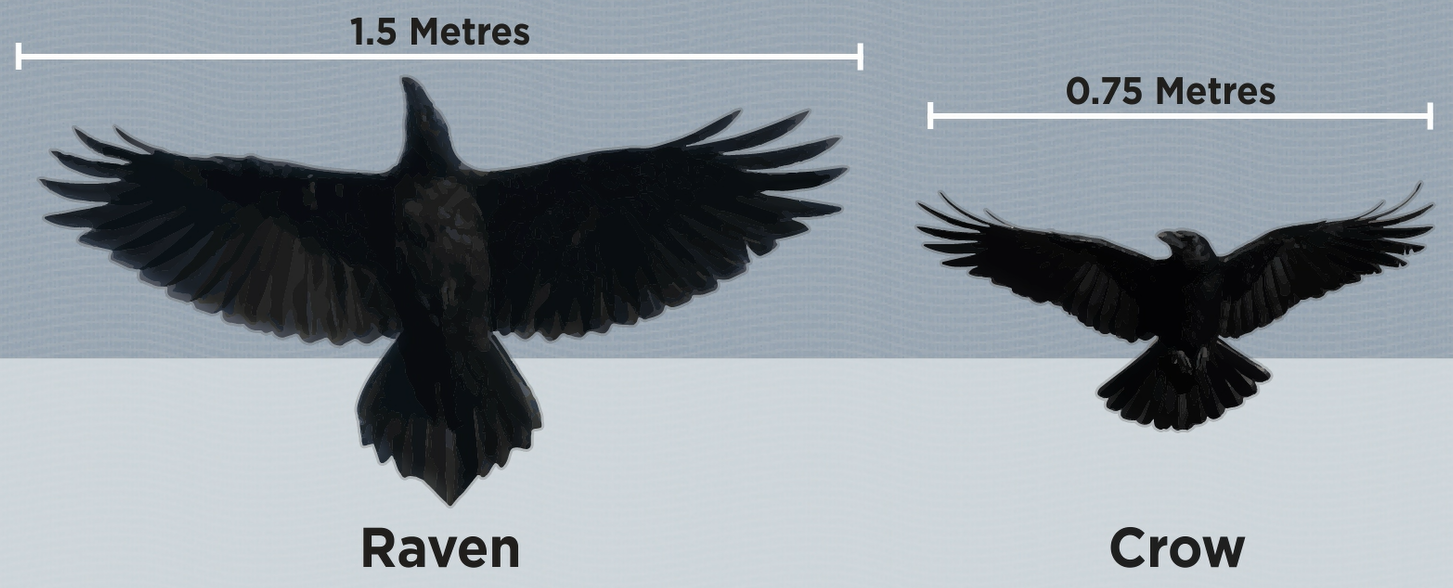
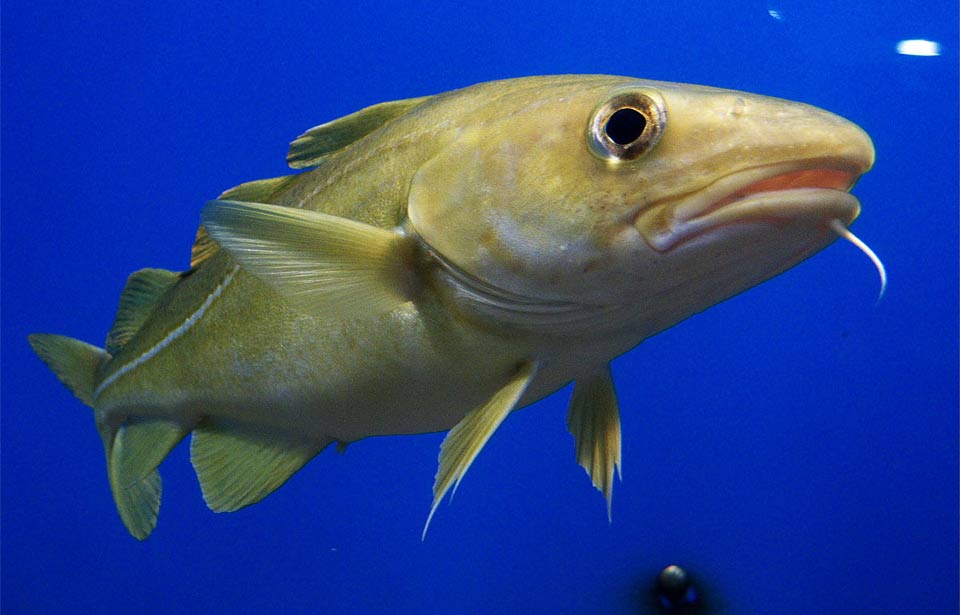
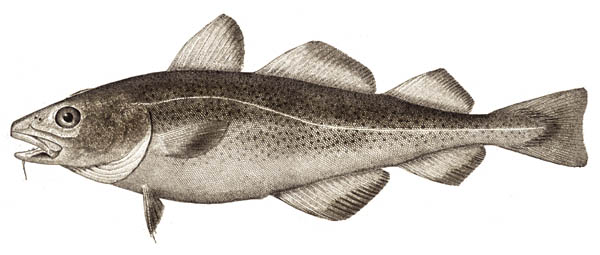 The Atlantic Cod (Gadus morhua) is a medium to large saltwater fish: generally averaging two to three kilograms in weight and about 65 to 100 centimetres in length, the largest cod on record weighed about 100 kg and was more than 180 cm long! Individuals living closer to shore tend to be smaller than their offshore relatives, but male and female cod are not different in size, wherever they live.
The Atlantic Cod (Gadus morhua) is a medium to large saltwater fish: generally averaging two to three kilograms in weight and about 65 to 100 centimetres in length, the largest cod on record weighed about 100 kg and was more than 180 cm long! Individuals living closer to shore tend to be smaller than their offshore relatives, but male and female cod are not different in size, wherever they live.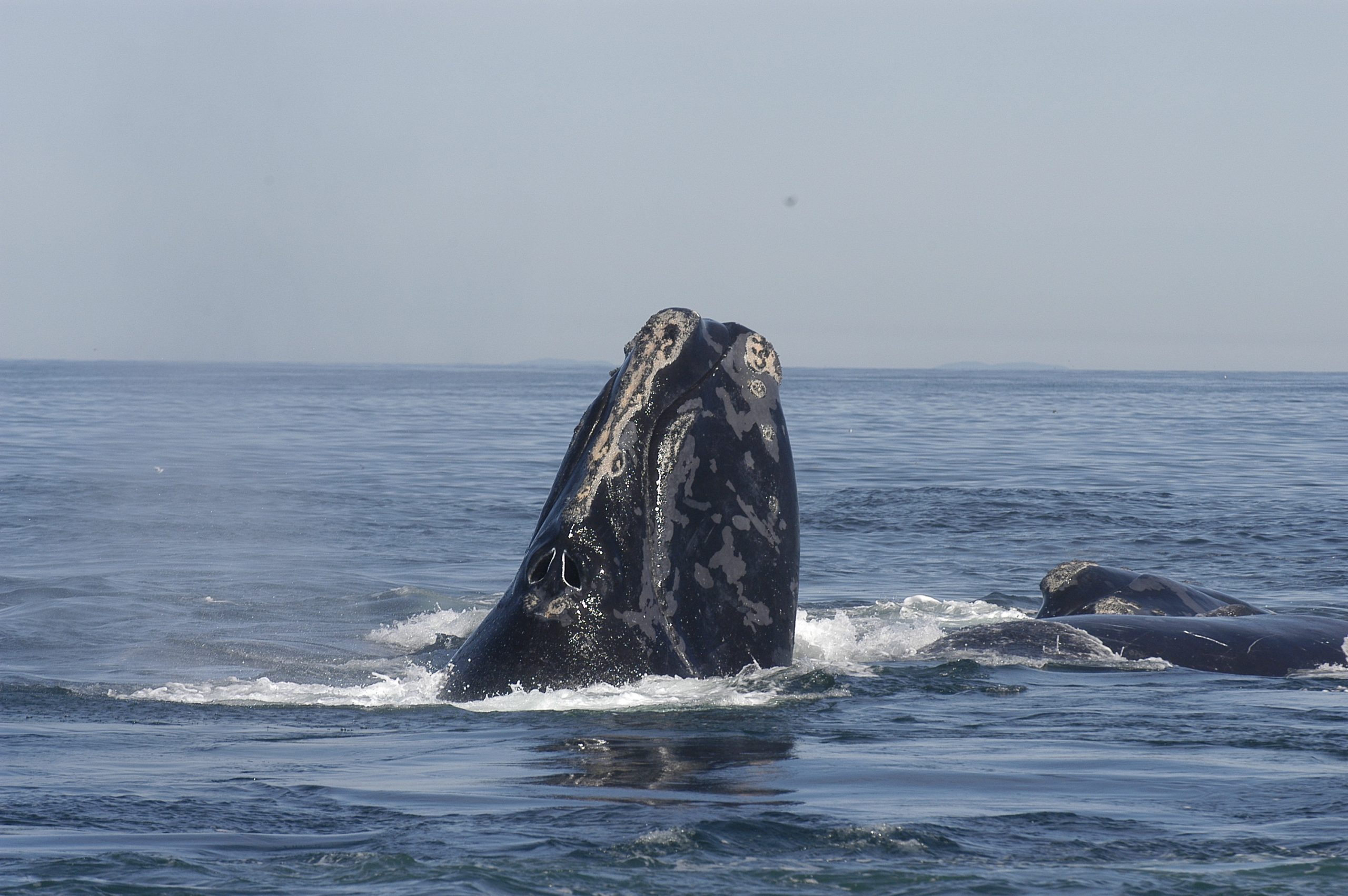
 The North Atlantic Right Whale (Eubalæna glacialis) is one of the rarest of the large whales. It can weigh up to 63,500 kilograms and measure up to 16 metres. That’s the length of a transport truck and twice the weight! Females tend to be a bit larger than males – measuring, on average, one metre longer. Considering its weight, it’s fairly short, giving it a stocky, rotund appearance. Its head makes up about a fourth of its body length, and its mouth is characterized by its arched, or highly curved, jaw. The Right Whale’s head is partially covered in what is called callosities (black or grey raised patches of roughened skin) on its upper and lower jaws, and around its eyes and blowhole. These callosities can appear white or cream as small cyamid crustaceans, called “whale lice”, attach themselves to them. Its skin is otherwise smooth and black, but some individuals have white patches on their bellies and chin. Under the whale’s skin, a blubber layer of sometimes more than 30 centimetres thick helps it to stay warm in the cold water and store energy. It has large, triangular flippers, or pectoral fins. Its tail, also called flukes or caudal fins, is broad (six m wide from tip to tip!), smooth and black. That’s almost the same size as the Blue Whale’s tail, even though Right Whales are just over half their size. Unlike most other large whales, it has no dorsal fin.
The North Atlantic Right Whale (Eubalæna glacialis) is one of the rarest of the large whales. It can weigh up to 63,500 kilograms and measure up to 16 metres. That’s the length of a transport truck and twice the weight! Females tend to be a bit larger than males – measuring, on average, one metre longer. Considering its weight, it’s fairly short, giving it a stocky, rotund appearance. Its head makes up about a fourth of its body length, and its mouth is characterized by its arched, or highly curved, jaw. The Right Whale’s head is partially covered in what is called callosities (black or grey raised patches of roughened skin) on its upper and lower jaws, and around its eyes and blowhole. These callosities can appear white or cream as small cyamid crustaceans, called “whale lice”, attach themselves to them. Its skin is otherwise smooth and black, but some individuals have white patches on their bellies and chin. Under the whale’s skin, a blubber layer of sometimes more than 30 centimetres thick helps it to stay warm in the cold water and store energy. It has large, triangular flippers, or pectoral fins. Its tail, also called flukes or caudal fins, is broad (six m wide from tip to tip!), smooth and black. That’s almost the same size as the Blue Whale’s tail, even though Right Whales are just over half their size. Unlike most other large whales, it has no dorsal fin.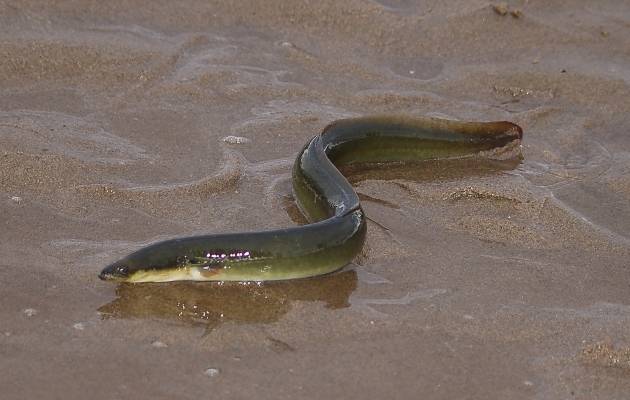
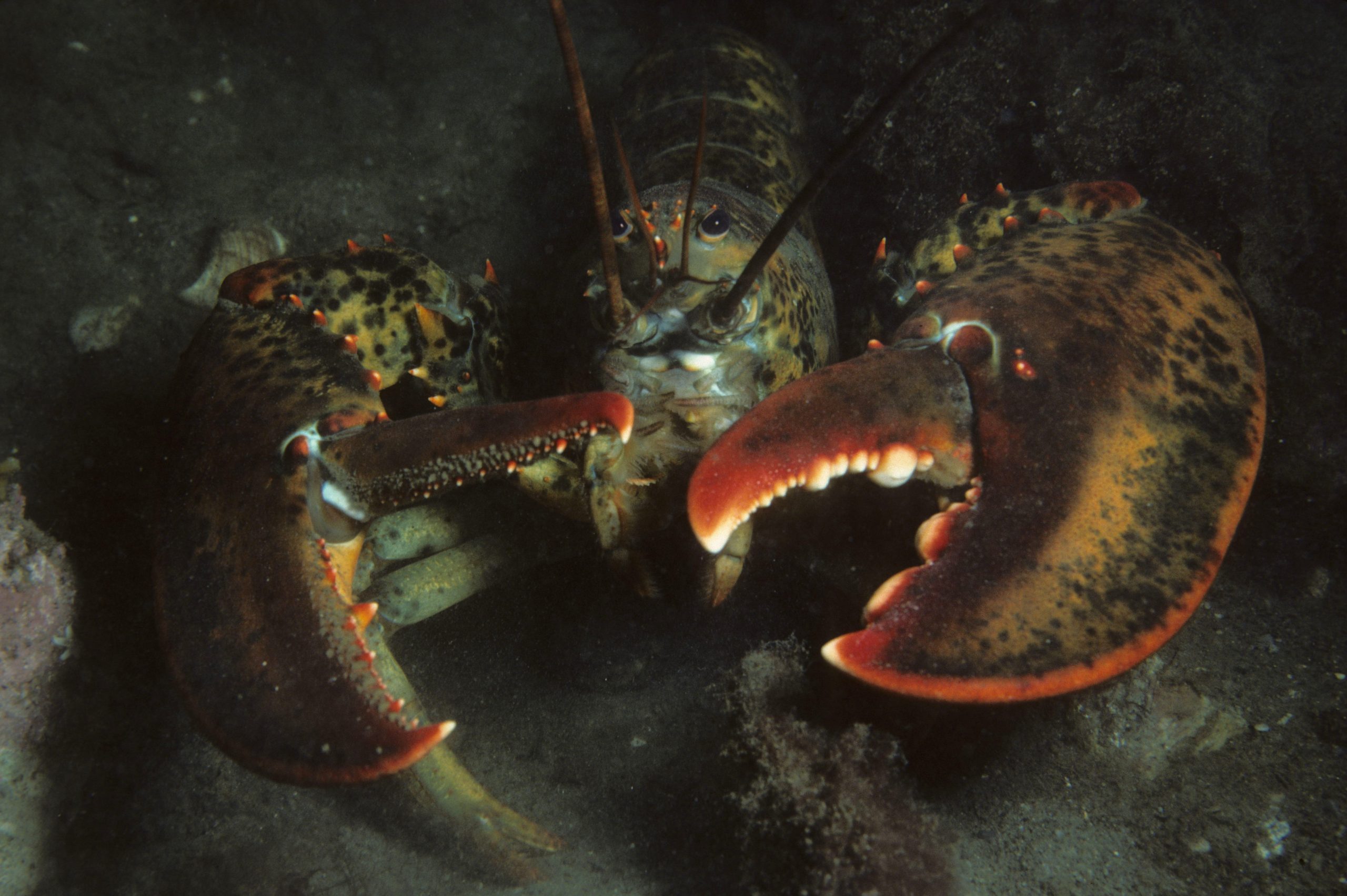


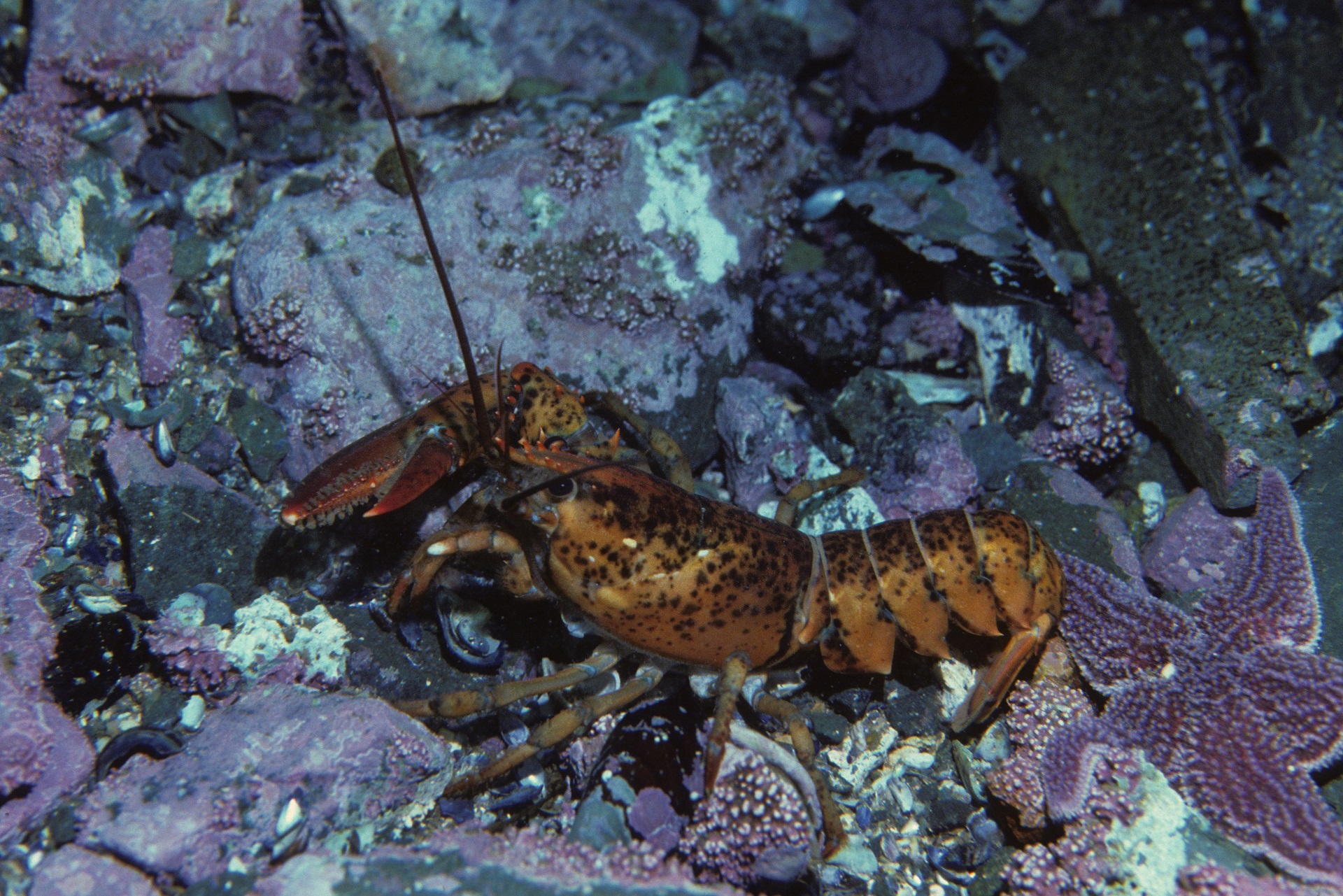
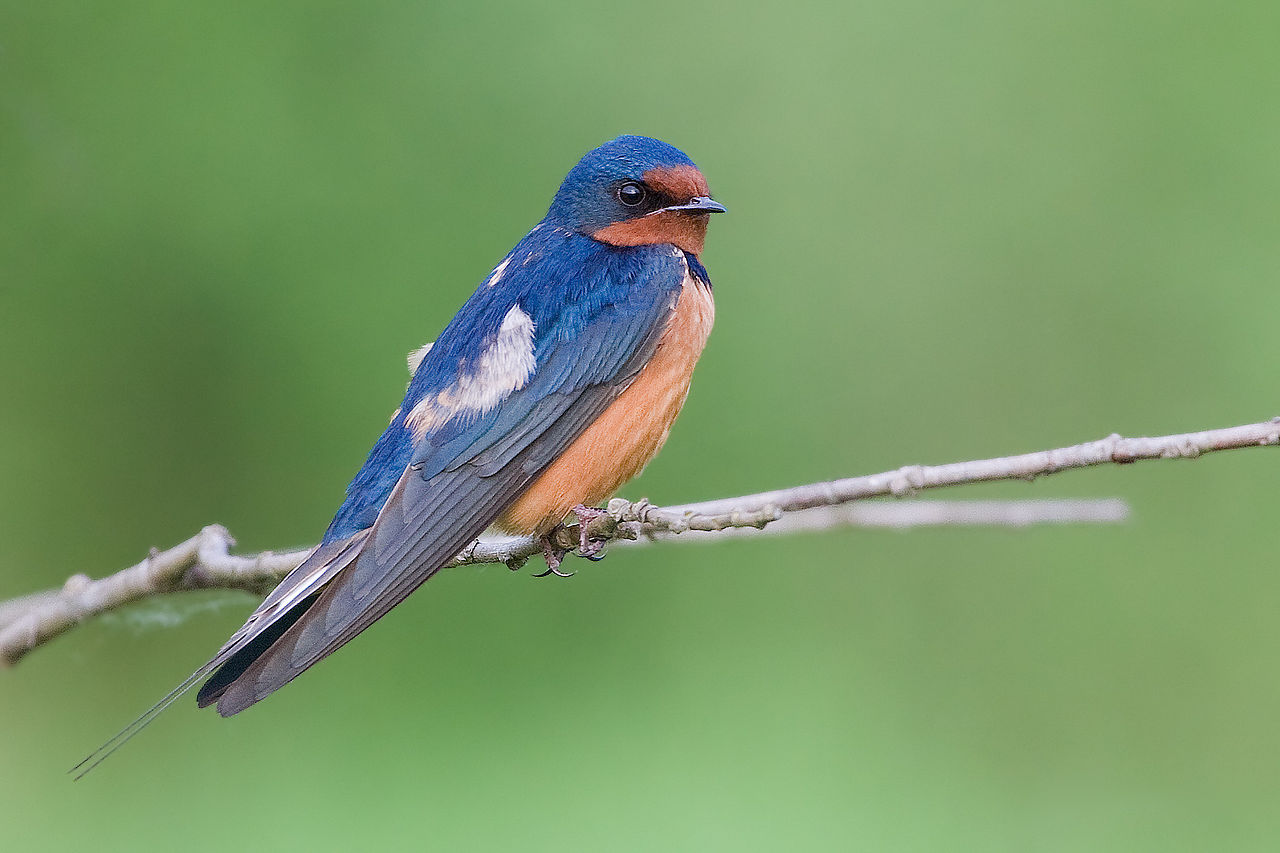


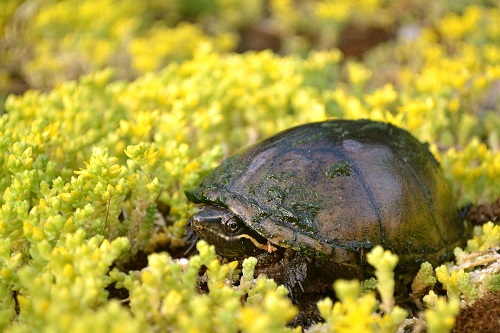

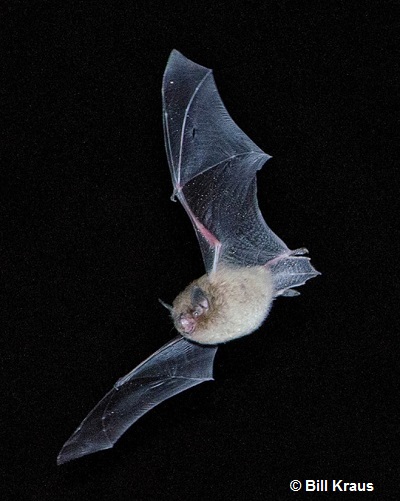

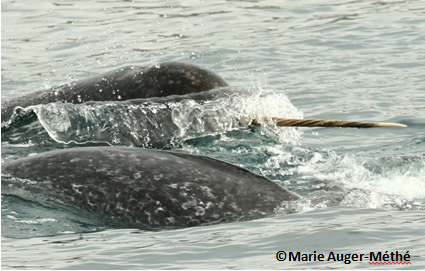
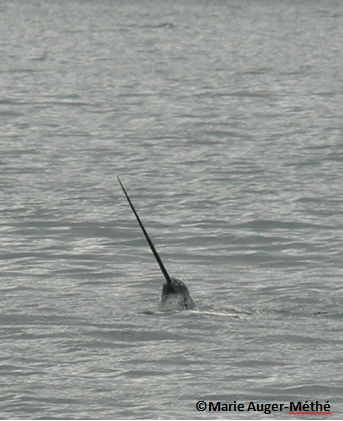
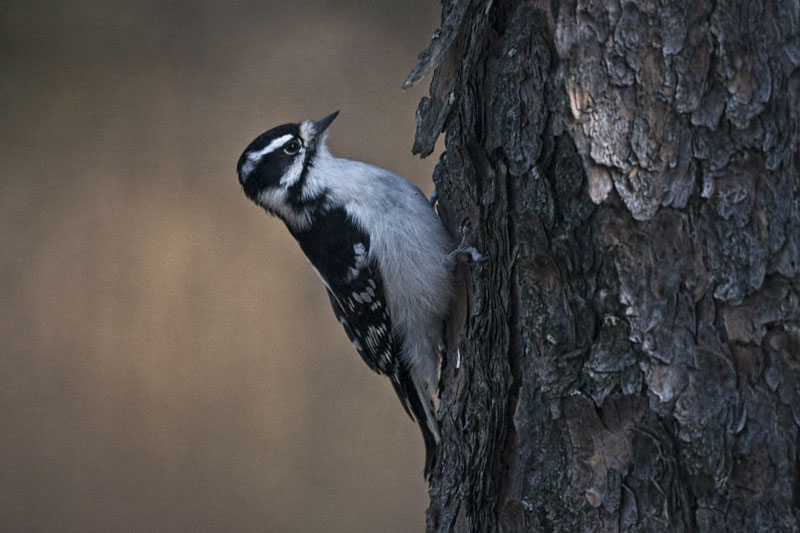


 Adult Trumpeter Swans Cygnus buccinator are large birds with white feathers and black legs and feet. The feathers of the head and the upper part of the neck often become stained orange as a result of feeding in areas rich in iron salts. The lack of colour anywhere on the swans’ bodies distinguishes them from other white species of waterfowl, such as snow geese, which have black wing tips.
Adult Trumpeter Swans Cygnus buccinator are large birds with white feathers and black legs and feet. The feathers of the head and the upper part of the neck often become stained orange as a result of feeding in areas rich in iron salts. The lack of colour anywhere on the swans’ bodies distinguishes them from other white species of waterfowl, such as snow geese, which have black wing tips.